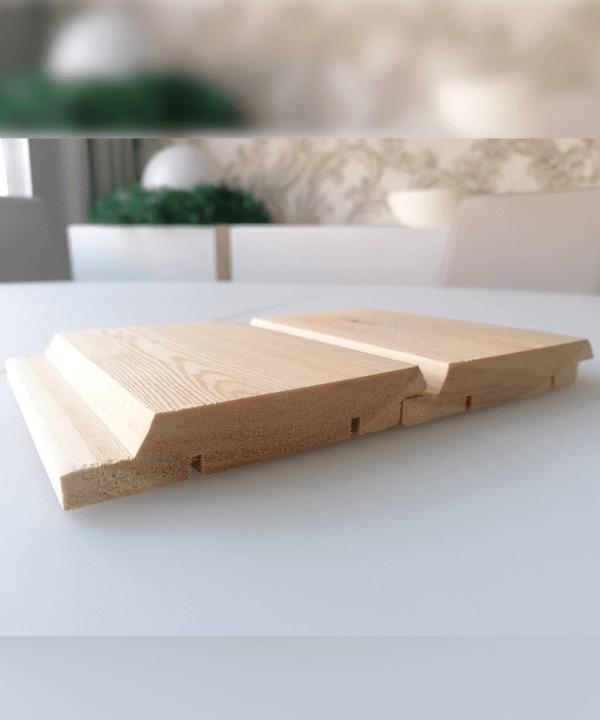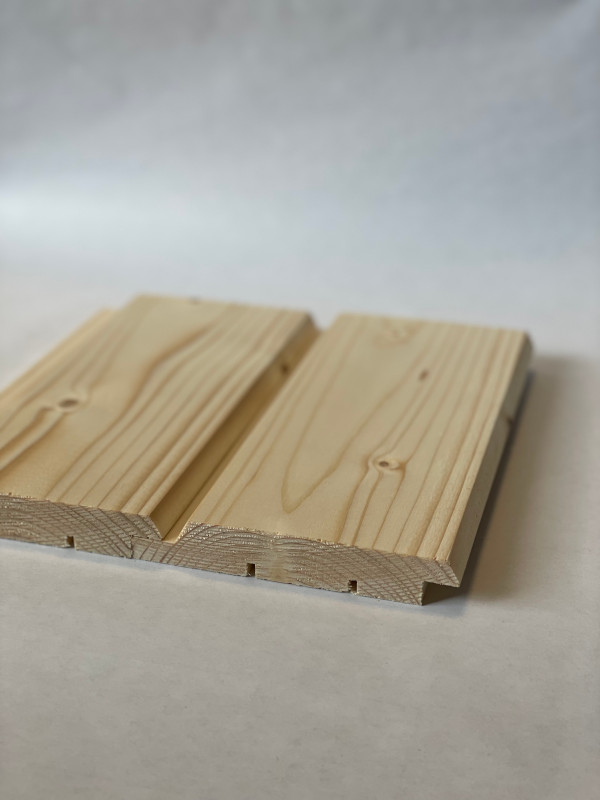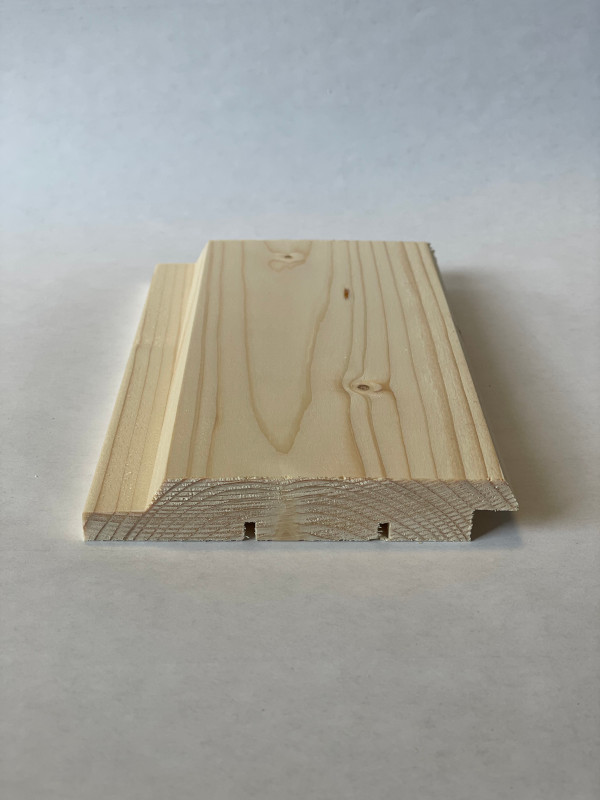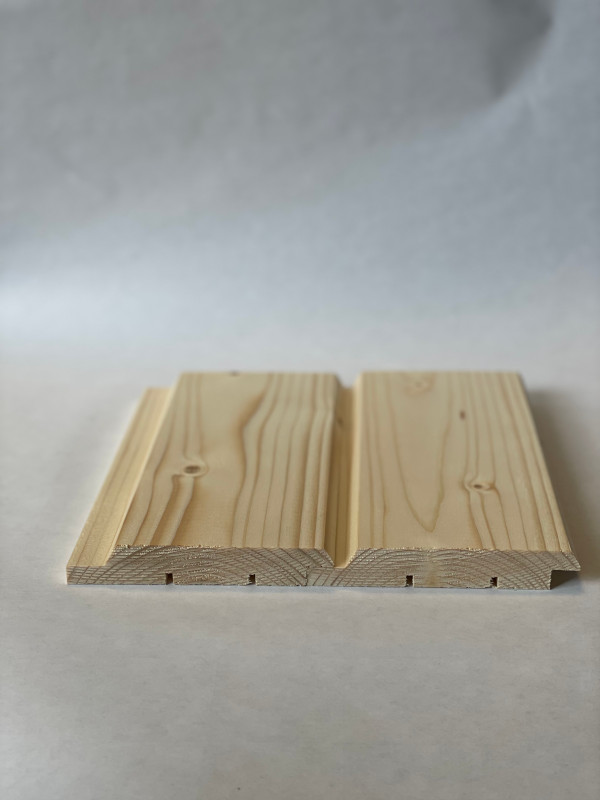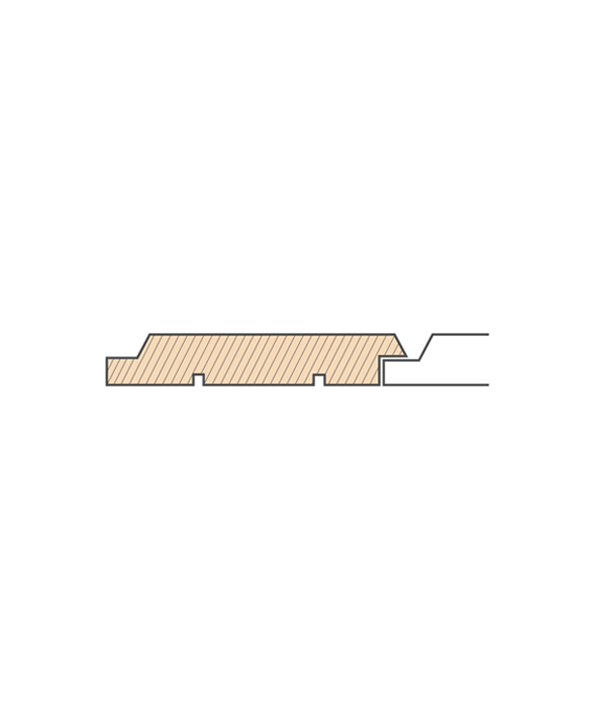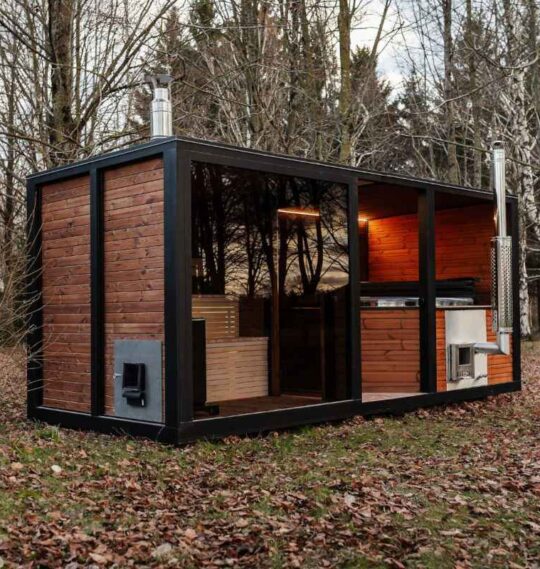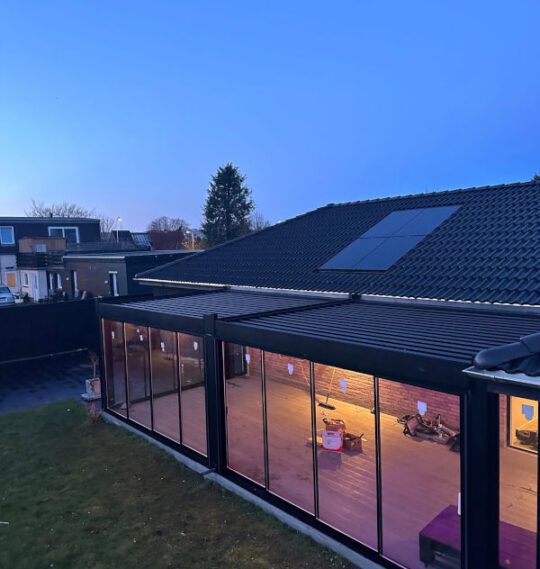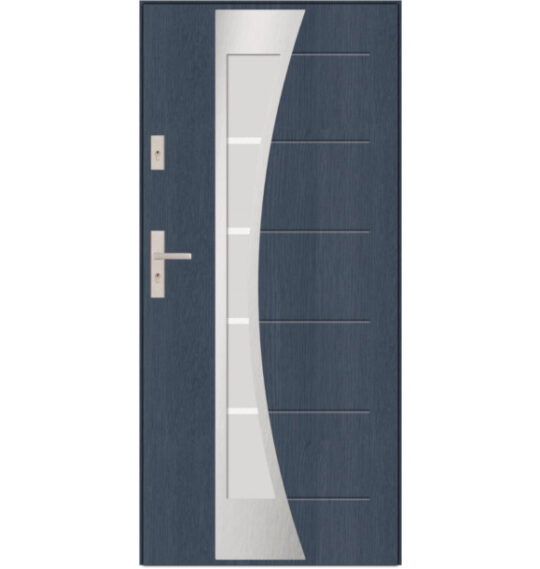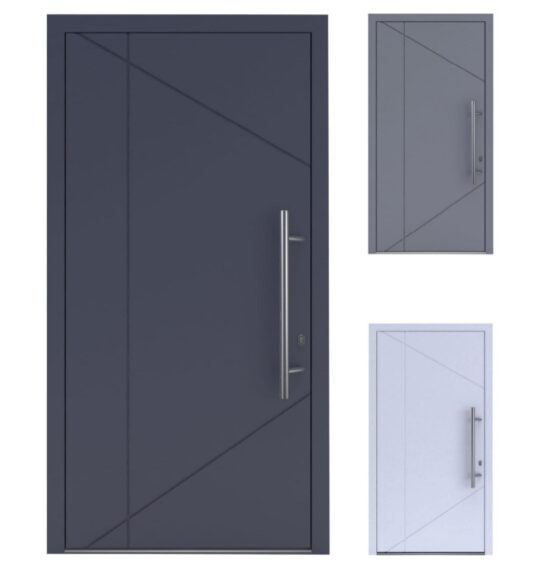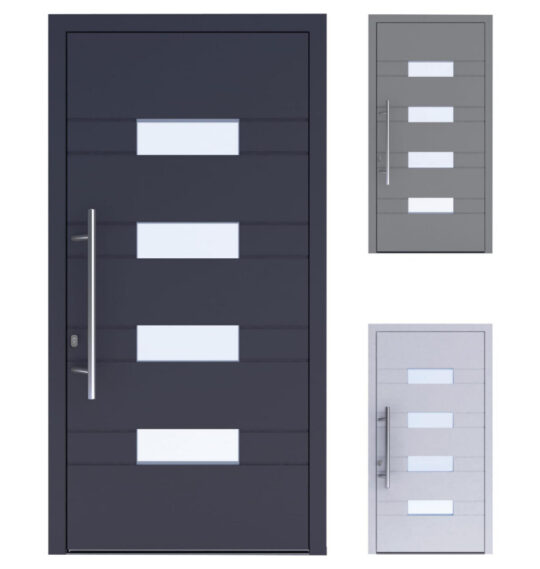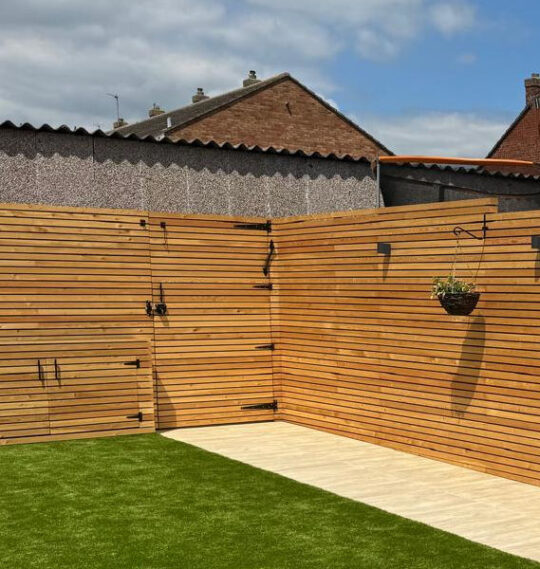Douglas Fir Cladding Boards HALFLAP
High-quality cladding made from Douglas Fir wood. The profile ensures excellent protection against weather effects and a distinctive appearance with prominent shadow lines. The aesthetic shadow lines highlight the length of a building or structure, providing a modern, visually seamless look. Commonly used for residential homes or business projects.
- Suitable for both exterior and interior finishes.
- Dries quickly and has minimal shrinkage.
- Characterised by softness, flexibility, lightness, durability, low resin content, and excellent resonance capabilities.
- Can be installed horizontally and vertically.
- Smooth finish with square edges. Can be used as trim boards for windows and doors.
- Natural colour – unvarnished light.
Douglas Fir wood has a homogeneous structure, unlike many other wood species, with the same layer structure far from the core as in the core. Therefore, it not only dries quickly but also shrinks minimally. It is characterised by softness, flexibility, lightness, durability, low resin content, and excellent resonance capabilities. The small branches of Douglas Fir provide break resistance, making this wood particularly suitable for various construction, roofing structures, and exterior cladding boards.
Colour and Texture
Douglas Fir wood is light, almost white, with uniform colour and texture, fine, long grain, and glossy. Compared to pine, Douglas Fir wood retains its natural colour longer. Douglas Fir has many knots that are clearly visible, contributing to the wood’s uniqueness and distinctiveness.
Softness and Strength
Douglas Fir wood is softer compared to some other wood species, such as larch. This makes it easier to process and cut. However, it remains sufficiently strong for use in various construction and interior projects.
Smell
Douglas Fir wood has a characteristic and pleasant smell, especially noticeable when it is freshly processed or used in a warmer environment.
Drying
During drying, the pores of Douglas Fir wood “close,” and they are uniform both in the core and in the trunk. Due to the cell structure, Douglas Fir absorbs less moisture. Therefore, moisture-induced capacity changes are smaller. Douglas Fir wood also has few resin ducts, so resin flow at branch sites is minimal.
Impregnation
Deep impregnation provides additional protection to Douglas Fir boards, ensuring resistance to moisture and changing weather conditions. Under vacuum pressure, protective chemicals penetrate deeply into the wood structure, extending its service life. Wood treated with vacuum impregnation technology is stronger than thermally treated wood.
Quality Grade
Our sold Douglas Fir wood belongs to the AB quality grade. AB type wood is a mixture of A and B type boards (ratio A – 70%, B – 30%).
Maintenance
The special impregnant of these boards gets diluted by the weather (rain washes it off), so the brown colour will be removed from the surface in 3-12 months. To maintain the colour of the boards and protect them from environmental factors, it is recommended to cover the surface with tinted oil. Douglas Fir wood absorbs the impregnation material well, making the boards strong and resistant to long-term use.
Technical Specifications
Wood Type: Douglas Fir.
Finish Treatment: None.
Density: Approximately X kg/m³ when dry.
Durability: Lifespan – more than X years.
Quality Grade: AB (A and B mixture – A 70%, B 30%).
Moisture Content: Dried to approximately X% (+/- 2%).
Intended Use: Exterior and interior finishing.
Other Uses: Decking, cladding, fencing, cladding, flooring.
Appearance: From light yellowish-brown to golden brown. Depending on sorting, there may be a few dark knots in the boards.
Weather Conditions: When the boards cool, their colour changes to a light shade, which is highly desirable in many projects.
Insect Attack: Resistant.
Treatment Class: Resistant.
Movement Class: A 145 mm long board can fluctuate 3-4 mm per year.
Impact Resistance: Medium.
Scratch and Abrasion Resistance: Medium.
Fire Protection: Possible by impregnation. Can be treated to achieve fire classification: Euroclass B-s1, d0.
Work Characteristics: Excellent workability
When to Install: Suitable for all seasons.

